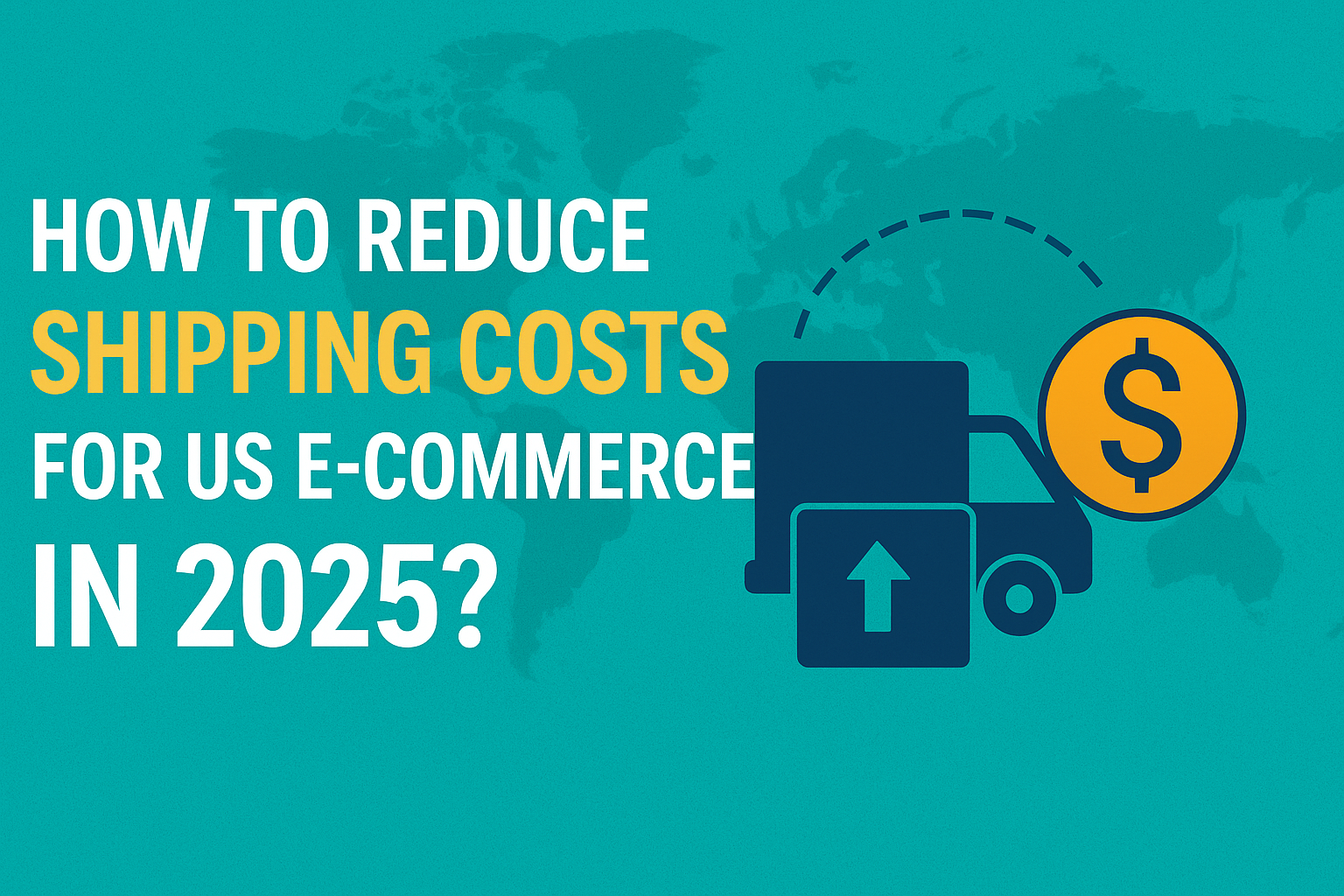
How to Reduce Shipping Costs for US E-Commerce in 2025?
Shipping costs are one of the biggest challenges for US e-commerce sellers. High fees, rising fuel surcharges, and customer expectations for free or fast delivery put pressure on margins.
In 2025, retailers must adopt smart shipping strategies and leverage automation to stay profitable. With Willow Commerce Shipping Optimization Software, businesses can cut costs while keeping customers happy.
7 Smart Strategies to Reduce Shipping Costs
1. Compare Carrier Rates in Real Time
USPS, UPS, FedEx, and DHL all have different pricing models. Automating rate comparison ensures you always choose the cheapest and fastest option.
- Example: Sellers using Amazon Integration can automatically assign the lowest-cost carrier for FBA and FBM orders.
2. Use Flat-Rate Shipping Wisely
Flat-rate boxes (like USPS) are cost-effective for heavy, small items—but not for lightweight shipments. Choosing the right method per order reduces overspending.
3. Optimize Packaging
Lightweight, eco-friendly packaging cuts dimensional weight (DIM) fees. Minimalist designs save costs on both packaging materials and carrier charges.
4. Consolidate Shipments
Lightweight, eco-friendly packaging cuts dimensional weight (DIM) fees. Minimalist designs save costs on both packaging materials and carrier charges.
5. Leverage Fulfillment Centers
Storing inventory closer to customers reduces zone-based shipping costs. With Walmart Integration, sellers can use Walmart’s logistics network for affordable 2-day delivery.
6. Automate Label Creation
Manual label creation wastes time and increases errors. Automated systems generate labels instantly, apply carrier discounts, and reduce administrative overhead.
7. Negotiate Carrier Discounts
High-volume sellers can negotiate bulk discounts with UPS, FedEx, or DHL. Smaller sellers can access discounts through third-party logistics partners or platforms like Shopify Integration.
Comparison Table: Traditional vs Optimized Shipping Costs
| Feature | Traditional Approach | Optimized with Willow Commerce (2025) |
|---|---|---|
| Carrier Selection | Chosen manually, inconsistent | Automated rate comparison, lowest cost |
| Packaging | Generic, oversized boxes | Lightweight, eco-friendly, DIM-friendly |
| Fulfillment | Single warehouse | Multi-location, closer to customers |
| Label Creation | Manual, error-prone | Automated, accurate, instant |
| Discounts | Standard retail rates | Negotiated or platform-based discounts |
FAQs
Automating rate comparison and optimizing packaging are the top cost savers.
Yes, if you offset costs through optimized carrier selection and efficient fulfillment.
Yes—through Willow Commerce integrations with Shopify, Amazon, and Walmart, even small sellers can benefit from reduced rates.
Oversized boxes trigger higher DIM fees. Lightweight, right-sized packaging lowers costs.
By automating shipping labels, comparing carrier rates, and integrating with major platforms for efficient fulfillment.
Shipping costs will continue to rise in 2025, but smart e-commerce businesses can stay ahead by optimizing packaging, comparing carriers, and automating fulfillment.
With Willow Commerce Shipping Optimization Software and marketplace integrations, US retailers can reduce costs, scale efficiently, and keep customers satisfied.
» Start Your Free Trial


